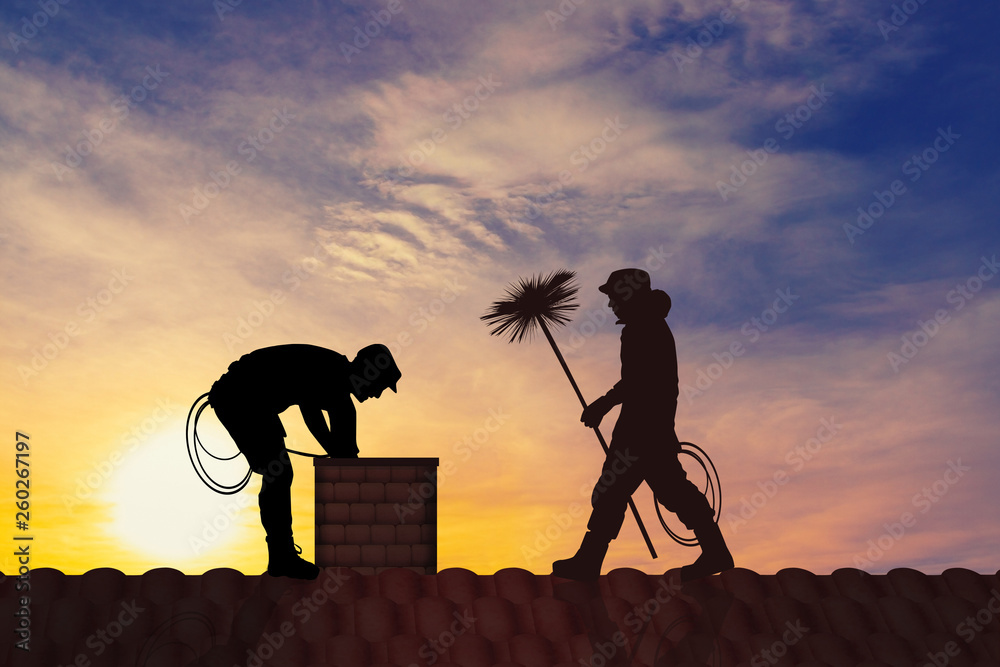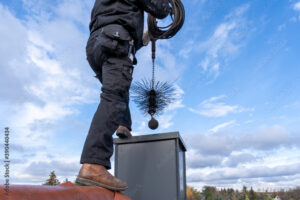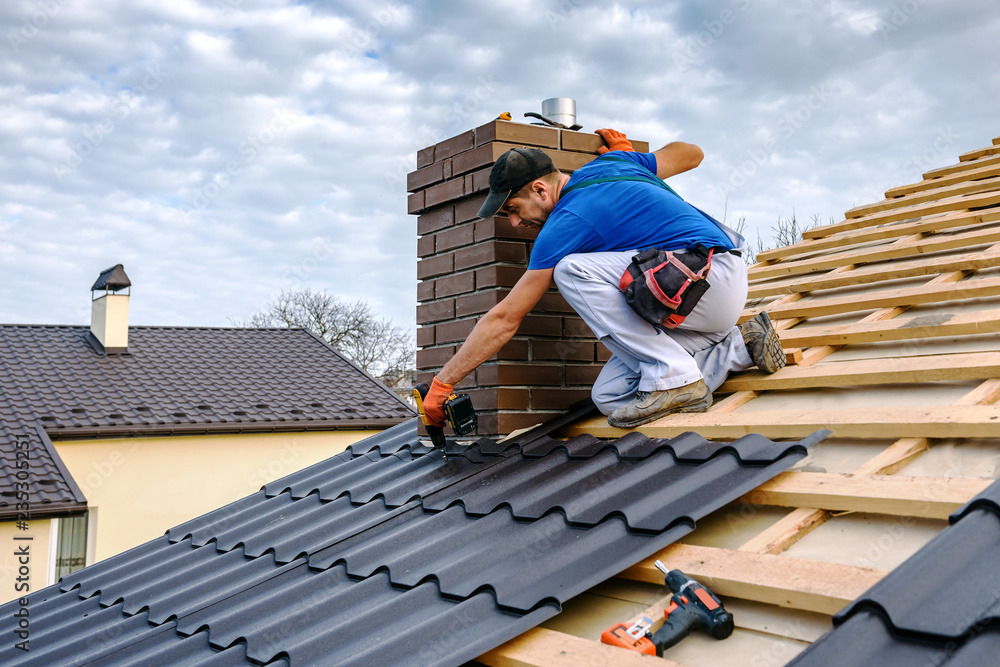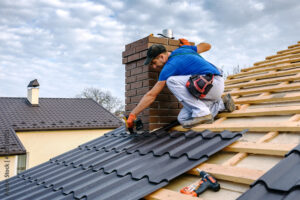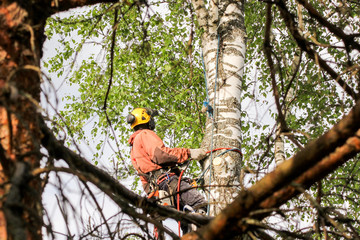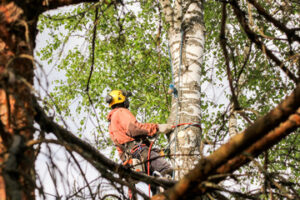If you’re looking for a way to make passive income without much work, you may want to look into walmart automation review. These services offer fully managed eCommerce businesses that generate money for you. They handle crucial tasks, such as listing products, running ads, and responding to customers.
They also do research, analytics, inventory management, and store performance analysis. They’ll even confirm shipments and track orders. Contact Walmart Automation Review now!
Walmart automation services offer a convenient and affordable way to launch an eCommerce business. They are often based on the popular dropshipping model, which allows sellers to save warehouse costs while delivering products directly to customers. While these solutions may be convenient for sellers who want to avoid the hassle of setting up and managing an online store, they also come with a few drawbacks.
For one, they can increase competition in a marketplace. This can be a challenge for businesses that rely on unique branding and a high degree of personalization. In addition, it’s important to consider your long-term and short-term goals before investing in an automated store. Depending on your goals, a managed service may be the best option.
Another drawback of automated stores is that they are essentially a “done-for-you” solution. This means that they handle all aspects of your business, including digital marketing. While this can be a great benefit for investors and brands that don’t have the time to manage their own business, it can also lead to less control over your brand.
In addition, some automated services require you to provide access to your credit card and lines of credit. This can be a dangerous decision if you are not familiar with the risks of running an online business. These services also typically employ workers from abroad, primarily India and the Philippines, to maximize profit margins. Using these services can be an excellent way to earn passive income, but it’s important to do your homework before committing to this type of venture.
If you’re a seller looking for ways to grow your eCommerce business and reach new audiences, Walmart automation may be an attractive option. This type of service uses software through fine-tuned workflows to relieve sellers from the burden of daily tasks and allows them to focus on their core business. It also helps them manage reviews and feedback from customers, which is a critical component of any eCommerce business. However, before you choose a Walmart automation company, it’s important to examine the company’s track record and qualifications carefully. It would be best if you also looked for a team with representatives and experience with e-commerce.
Another important consideration is your level of involvement in the business. Some services offer a hands-off approach to e-commerce and will handle all aspects of your online business, including customer support, listing products, and managing returns. Others require a more hands-on approach and will provide you with training and tools to help you succeed. You should also evaluate your budget and available resources before choosing an automated Walmart store.
Whether or not you choose to use the Walmart Automation Alliance depends on your goals, preferences, and risk tolerance. The program is promoted as a way to take the guesswork out of starting a dropshipping business. However, this claim is misleading and should be weighed against the upfront costs. This can include training, hardware, software, and hiring consultants or experts. These costs can be prohibitive for small businesses with limited capital. However, if you can afford the upfront cost of Walmart automation, it may be worth the investment. It will allow you to grow your business and generate a passive income.
Walmart Automation Alliance is a service that promises to make it easy for anyone to start an online business by taking care of all the work. The company charges a hefty up-front fee to do everything for its clients, and then splits future profits with them. While it sounds enticing, there are many things to consider before signing up for the service.
One of the most critical advantages of Walmart automation is that it helps to streamline different processes, effectively reducing the necessity for manual intervention. This allows sellers to focus on other aspects of their business, including customer engagement, marketing efforts, and strategic decision-making. This can help them achieve their business goals and increase their profits.
Another advantage of Walmart automation is that it offers a wide range of services that all types of businesses can use. These services include order processing, product research and listing, and audit management. These can help small businesses improve their efficiency and productivity. This can also help them reduce their costs and increase their revenue.
This can be especially useful for newcomers to the marketplace who may not have the resources or expertise to manage a complex business operation. However, the cost of Walmart automation can be prohibitive for some small-business owners, and the service does not guarantee a certain level of success.
As a result, the market has become highly saturated and competitive, and it can be challenging for small businesses to stand out from the crowd. In addition, the services provided by walmart automation are not as customizable or personalized as those offered by other providers. As a result, small-business owners need to balance the benefits of Walmart automation with the need for personal involvement in their business operations.
Using Walmart automation services is one of the most effective ways to grow an eCommerce business. These services help you streamline your operations, allowing you to focus on marketing and customer service. They also help you save time and money by automating tedious tasks, such as order processing, product research, and listing. They also provide valuable customer feedback and suggestions to optimize your store. This will help you improve your online visibility and attract more customers.
Unlike many other online retail platforms, Walmart has an extensive selection of products and is a great place to sell products. Its scalability also makes it an attractive platform for sellers looking to diversify their income streams. Moreover, Walmart offers its customers an excellent customer experience, a feature that is not present in other platforms.
In the past, many Walmart stores were run by humans, but now they are being replaced by automated systems. The company has invested heavily in these technologies to increase efficiency and reduce costs. For example, its warehouse features robots that can handle a variety of tasks, including picking and packing items for delivery to customers. This technology is helping the company to improve its supply chain and make better decisions.
In addition to the automated technology, Walmart is expanding its in-store experience through voice recognition and conversational AI. For example, it has a feature that lets customers ask questions about a specific product or service, or find out where an item is located in the store. In the future, these technologies could be used to create more personalized experiences for customers. These new technologies are also expected to improve customer satisfaction and loyalty, which is a major focus for Walmart.
The Walmart platform is a high-quality e-commerce marketplace with thousands of retailers competing against one another. To ensure that your brand stands out from the crowd, you should leverage Walmart automation to streamline a number of procedures and earn passive income. However, it’s important to remember that automation may limit your ability to customize certain aspects of your business.
For example, a product with a high level of customization may need a personal touch. Moreover, a new product can require specific marketing strategies. These unique features may not be possible to incorporate using a automated Walmart store.
Moreover, the Walmart Spark Reviewer Program can help your products stand out in the crowd. It offers an incentive to buyers to provide authentic reviews for your products, which are then displayed on your website. This helps paint a clear and honest picture of the product, thus creating trust among shoppers. The fact that the reviews are tagged as “incentivized” also maintains transparency, which is essential for building trust in a market with so many fake and inauthentic reviews.
In addition, Walmart’s automation services can offer a variety of benefits to sellers, including improved search engine optimization (SEO), increased sales, and a better user experience. The platform’s AI tool, Merchandise Assistant, can analyze and optimize retail merchandise displays in stores. It can also automate inventory management, identify sales trends, and increase revenue by optimizing the flow of customers.
Aside from registering a business and opening a bank account, the cost of running an automated Walmart store is minimal. However, the gurus who promote this service tend to oversell the benefits of their system. In reality, the process requires a lot of work to implement and it can be very time-consuming.






